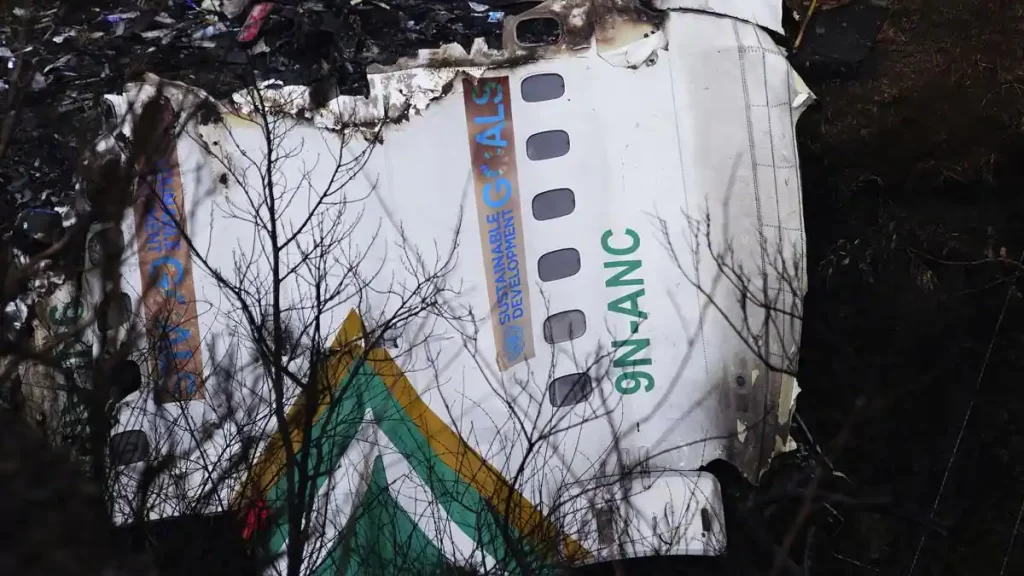Nepal, known for its breathtaking mountains and rich culture, has also, unfortunately, earned a reputation for its high number of air accidents. The unfortunate history of Nepal’s deadly plane crashes is a tragic reminder of the dangers that come with air travel in the country. The frequency of these accidents has been staggering, with an average of one crash per year in the past decade.
The most recent crash occurred on January 15, 2023, when an ATR 72 flown by Yeti Airlines crashed while landing at Pokhara, killing all 72 occupants on board. This is the deadliest accident involving an ATR 72 to date.

Earlier, on May 29, 2022, when a Twin Otter plane operated by Nepali carrier Tara Air crashed shortly after takeoff from Pokhara in western Nepal, killing 22 people. This tragic incident adds to a long list of deadly plane crashes in Nepal’s history.
On February 27, 2019, a helicopter crashed in bad weather in eastern Nepal, killing all seven people on board, including the tourism minister. Another fatal crash occurred on February 24, 2016, when a Twin Otter aircraft operated by Tara Air crashed into a hillside in Myagdi district, killing all 23 people on board.
On March 12, 2018, a flight from the Bangladeshi capital Dhaka crash-landed at Kathmandu airport, skidding into a football field where it burst into flames. Fifty-one people were killed in what was the deadliest aviation accident in the country in decades.
These tragic air accidents in Nepalincidents were not isolated, as Nepal has seen a number of deadly plane crashes in the past decade.
On February 16, 2014, 18 people were killed when a Nepal Airlines flight crashed in Arghakhanchi district, with rescuers finding body parts and debris strewn across the mountainous countryside. On September 28, 2012, a plane flying 19 people towards Mount Everest went down in flames on the outskirts of the Nepali capital, killing everyone on board including seven Britons and five Chinese citizens.
The reasons behind these crashes are varied and complex. One major factor is the rough weather and mountainous terrain of the country. The sudden changes in weather can make flying conditions unpredictable and dangerous. Additionally, concerns have been raised about the lack of investment in infrastructure and relaxed rules, with many Nepal-based airlines still under the ban of the European Union due to failure of the government. Furthermore, access to necessary information and technology to avoid mistakes before and during flight is also questioned for pilots in Nepal.
Dr Archana Shrestha, a senior meteorologist with the Nepalese government, stated that they do not have the capacity to provide the necessary weather services for domestic flight routes operating at an altitude of less than 10,000 feet. However, significant investment has been made in weather monitoring and forecasting for international travel at Tribhuvan International Airport in Nepal.
It is a tragic reality that Nepal has seen a high frequency of deadly plane crashes in recent history. The loss of lives and the impact on the families and communities affected by these air accidents in Nepal is immeasurable. It is important for the government and aviation industry to take the necessary measures to improve air travel safety in the country and prevent further tragedies from occurring.







